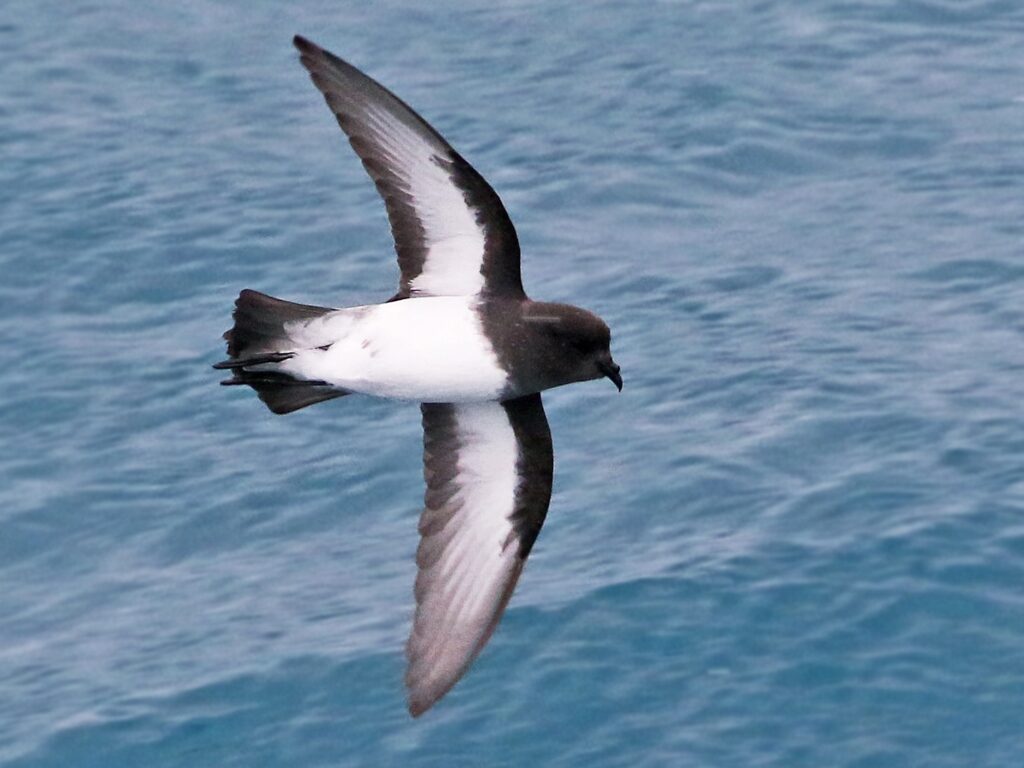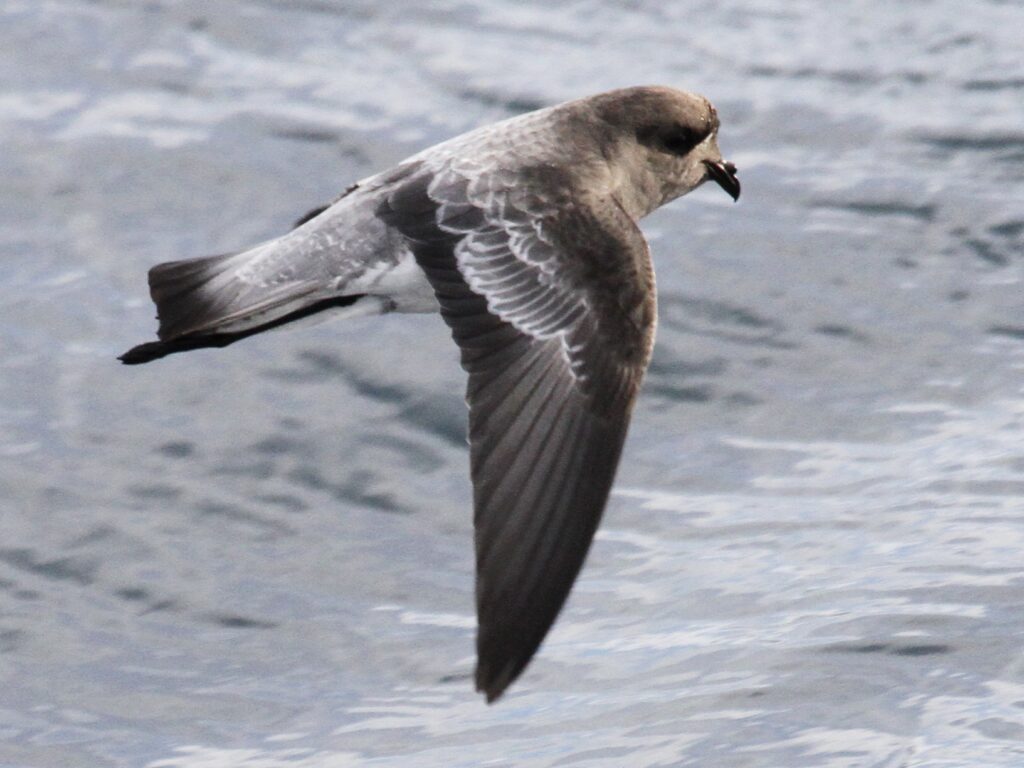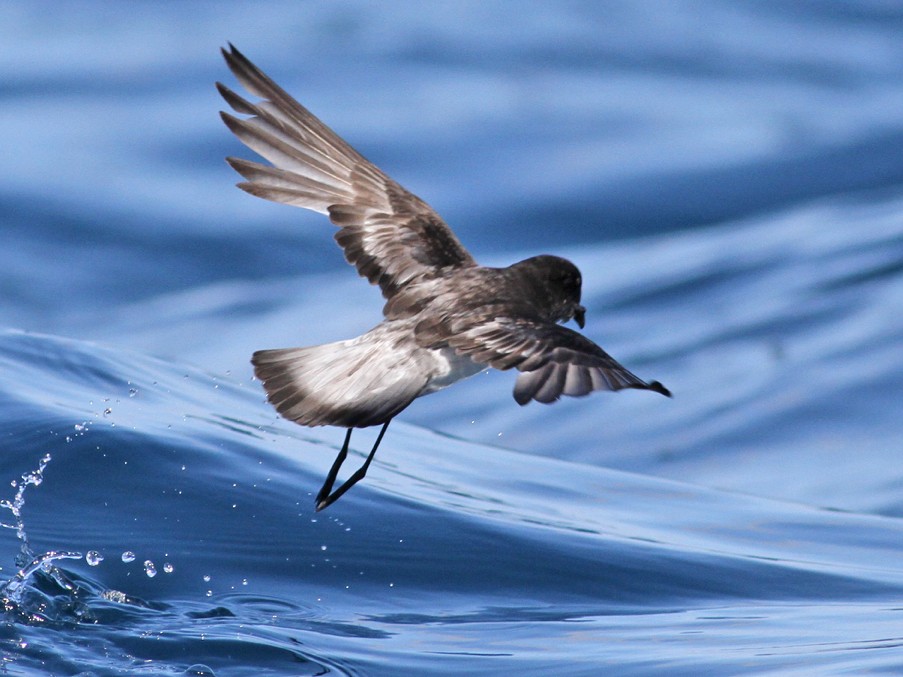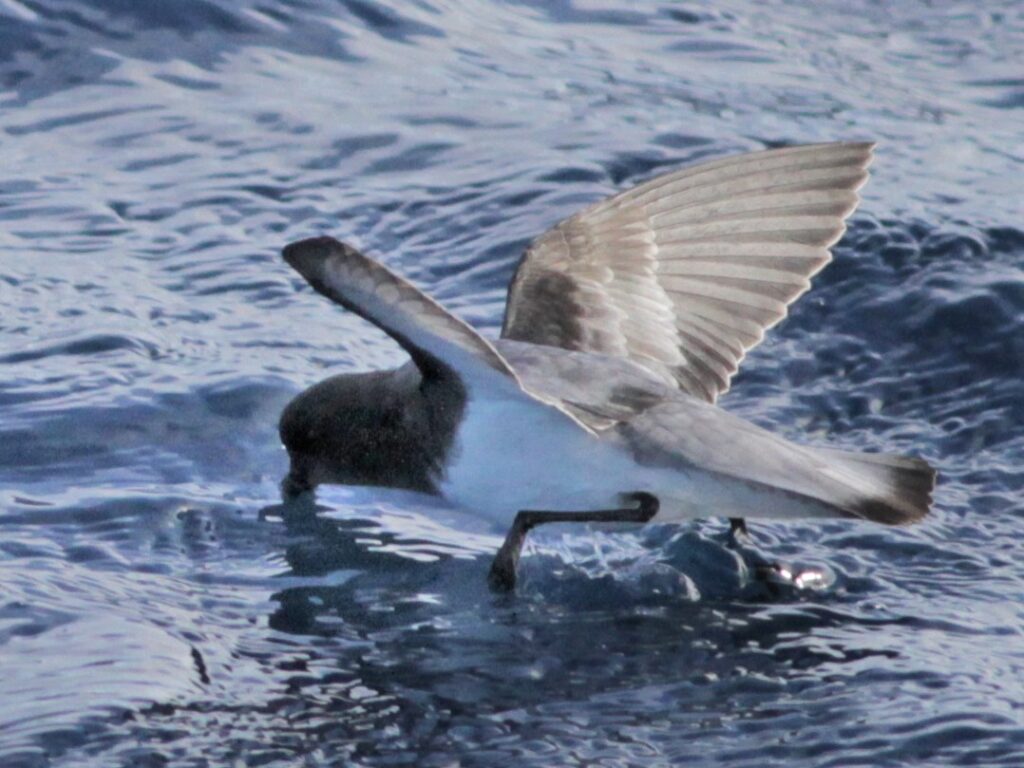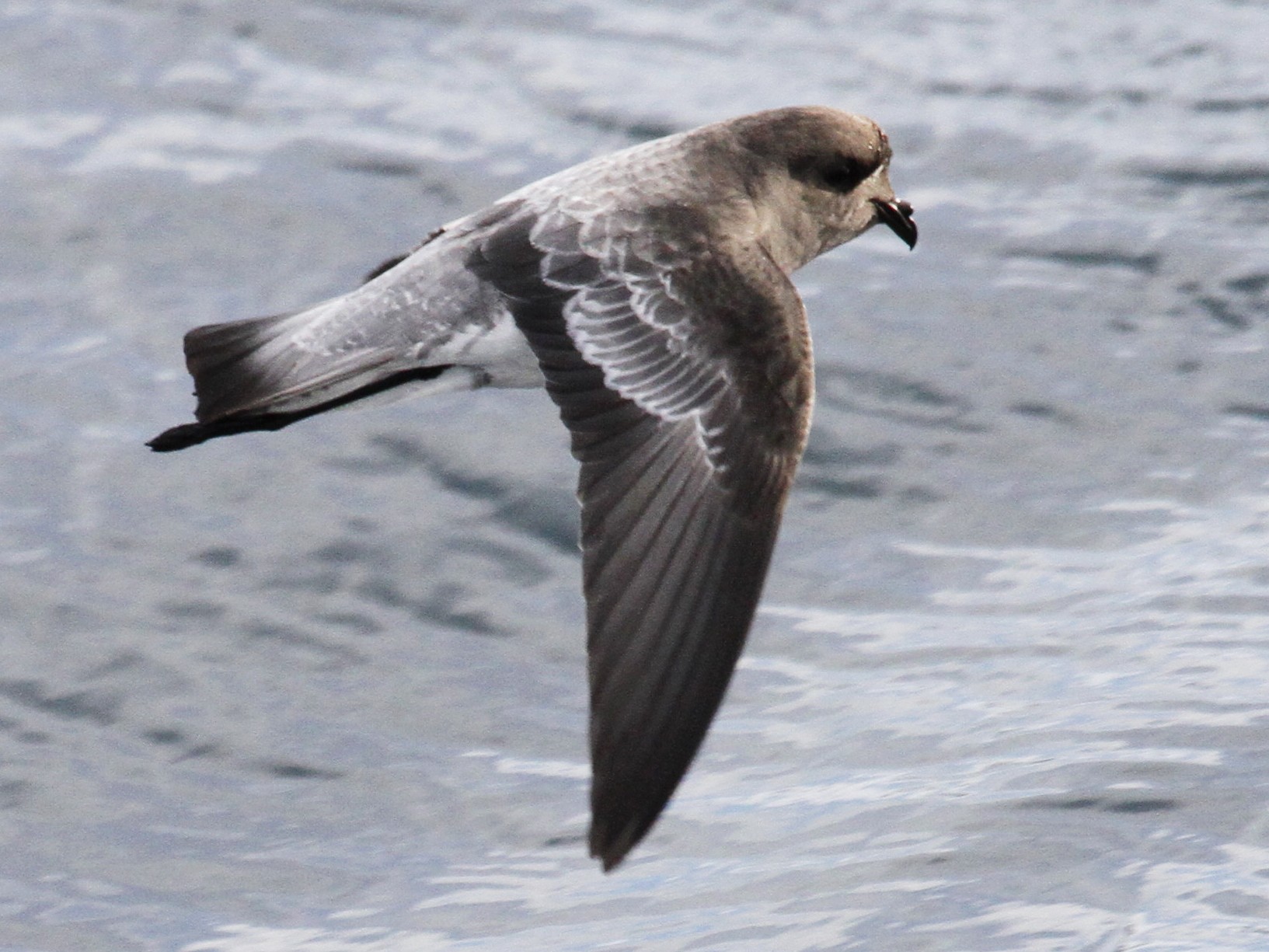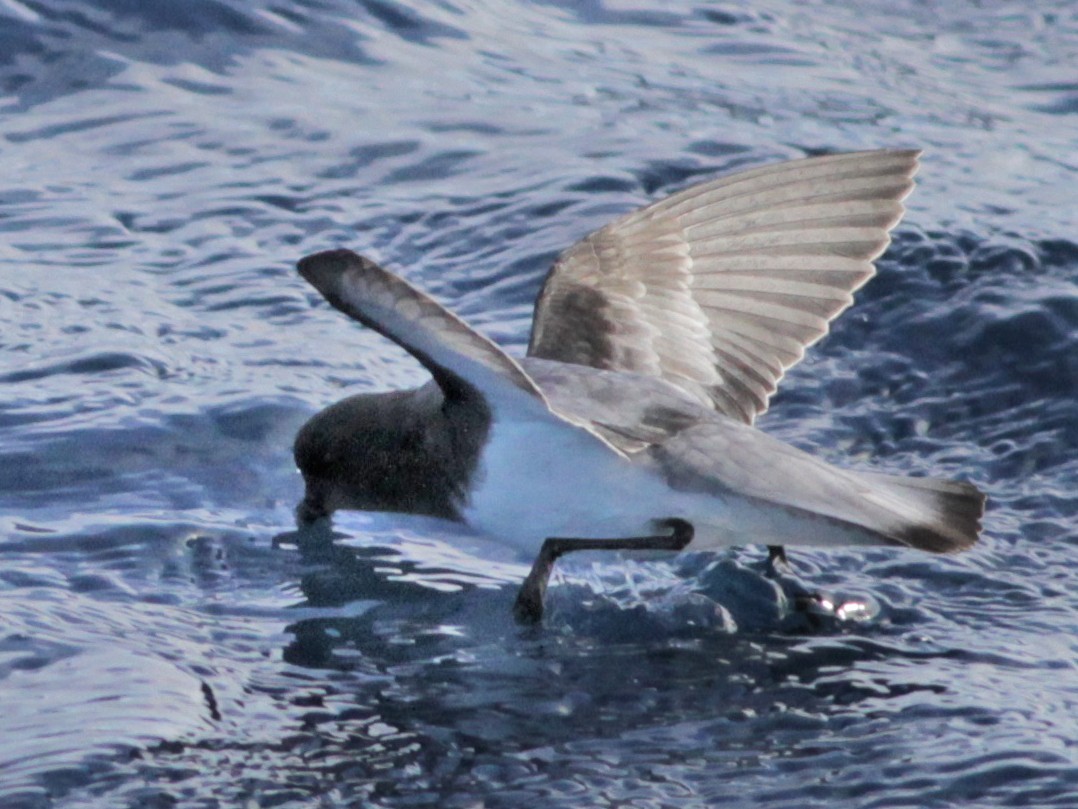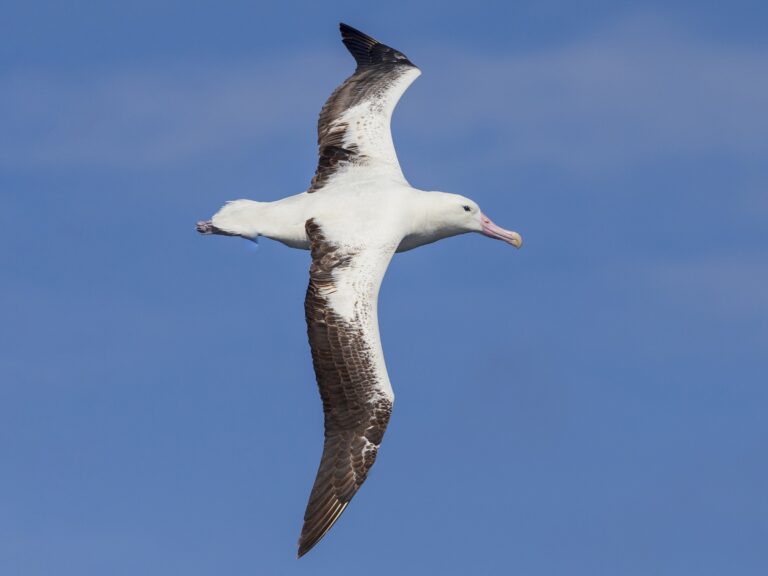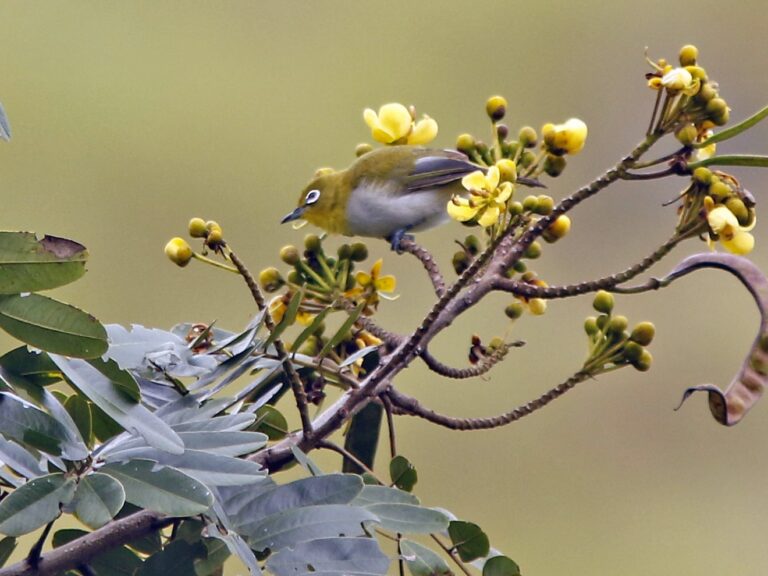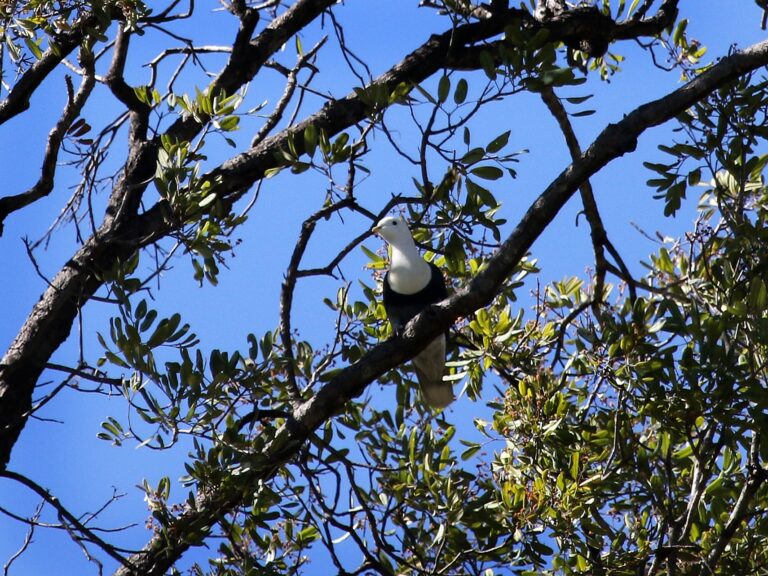Gray-backed Storm-Petrel: A Comprehensive Guide to Its Habitat and Behavior
The Gray-backed Storm-Petrel, known scientifically as Oceanites oceanicus, is a remarkable seabird often found in the open ocean. These small birds are easily recognized by their unique plumage and agile flight over the water.
Understanding the ecology and habits of the Gray-backed Storm-Petrel helps highlight its role in marine ecosystems and the challenges it faces today.
Despite being a member of the storm-petrel family, which includes various other species, the Gray-backed Storm-Petrel stands out in both behavior and habitat preferences.
They typically thrive in the cold waters of the Southern Ocean, relying on specific environmental conditions for feeding and nesting.
Conservation efforts are crucial to ensure that these birds continue to flourish amid growing environmental threats.
With their intriguing social behavior and vital ecological role, Gray-backed Storm-Petrels serve as indicators of ocean health. Their presence can provide insights into broader environmental changes that affect marine life and biodiversity.
Key Takeaways
- The Gray-backed Storm-Petrel is an important seabird species in marine ecosystems.
- These birds face several conservation challenges due to climate change and habitat loss.
- Understanding their habits can help in efforts to protect them and their environment.
Taxonomy and Evolution
The Gray-backed Storm-Petrel is an important species in the field of ornithology, representing both unique classification traits and significant evolutionary pathways. Understanding its taxonomy and evolutionary history provides insights into its adaptation and ecological role.
Species Classification
The Gray-backed Storm-Petrel falls under the scientific name Oceanites oceanicus. It belongs to the family Hydrobatidae, which includes all storm-petrels.
Closely related species include Garrodia nereis and Oceanites gracilis.
Storm-petrels are characterized by their small size and distinctive flight patterns. They typically exhibit long wings and a slender body, enabling them to glide gracefully over ocean waves.
Taxonomically, Storm-Petrels are divided into several genera based on specific physical and behavioral traits. This classification reflects their adaptability to marine environments.
Evolutionary History
The evolutionary journey of the Gray-backed Storm-Petrel is tied to the changing oceanic landscapes. Fossil records suggest that these birds have adapted to life at sea for millions of years.
The ancestors of Oceanites oceanicus are believed to have diverged from other species in the Hydrobatidae family around 10 million years ago.
Adaptations such as waterproof feathers and specialized feeding techniques are significant for survival in harsh marine conditions.
The distinct features seen in Garrodia nereis and Oceanites gracilis also exhibit varying evolutionary traits suited to their specific habitats. These adaptations emphasize the evolutionary pressures that shape species in dynamic marine environments.
Habitat and Distribution
The Gray-backed Storm-Petrel prefers specific habitats for breeding and migration. These areas are crucial for their survival and reproductive success.
Breeding Grounds
Gray-backed Storm-Petrels nest mainly on sub-Antarctic islands, including locations like South Georgia and some islands in the Southern Ocean. They prefer rocky cliffs and crevices that provide protection from predators.
During the breeding season, which typically lasts from late spring to summer, they create burrows or utilize existing holes for nesting.
The breeding population on these islands is affected by factors like food availability and habitat disturbance.
These birds are known to return to the same nesting sites year after year, indicating strong site fidelity.
Conservation efforts in these regions are essential to maintain their habitats and ensure successful breeding.
Migratory Patterns
After breeding, Gray-backed Storm-Petrels migrate to the open waters of the South Atlantic and surrounding seas. They are pelagic birds, which means they spend much of their life at sea, foraging for food while flying over the ocean.
Their migratory patterns correlate with seasonal changes, often following ocean currents to find abundant food sources.
They are known to travel significant distances in search of prey, which includes small fish and zooplankton.
During migration, these birds can cover vast areas, allowing them to exploit different habitats and feeding opportunities in the Southern Ocean.
Understanding these patterns aids in the conservation of their migratory routes and foraging grounds.
Physical Characteristics
The Gray-backed Storm-Petrel, known scientifically as Oceanites oceanicus, possesses distinct physical traits that enable it to thrive in its oceanic habitat. These characteristics include unique morphology and specific plumage details that set it apart from other seabirds.
Morphology
The Gray-backed Storm-Petrel is a small seabird, measuring about 26 to 30 centimeters in length with a wingspan of 65 to 74 centimeters.
Its body is slender and adapted for agile flight over the ocean.
The bill is pointed and slender, typical of storm-petrels, allowing it to pick small prey from the water’s surface.
Its legs are relatively short, placed far back on its body, which aids in swimming and resting on the water.
This design helps the bird minimize drag while flying and makes it proficient at foraging.
The Gray-backed Storm-Petrel’s lightweight skeleton contributes to its ability to cover vast ocean distances without excessive energy use.
Plumage and Coloration
The plumage of the Gray-backed Storm-Petrel is a mix of dark and light colors, which aids in camouflage against ocean waves.
The upperparts are generally grayish-brown, while the underparts are white. This color scheme allows it to blend into the sky and the sea, protecting it from predators.
Notably, it has a distinctive white patch on the wing, which can be seen during flight. The tail is forked, enhancing its maneuverability in the air.
In juvenile birds, the plumage is often more mottled, gradually changing to the adult pattern as they mature. This gradual change is important for young birds adapting to their environment.
Behavior and Ecology
The Gray-backed Storm-Petrel exhibits unique behaviors and ecological adaptations. These aspects are essential for understanding how it survives and thrives in its marine environment.
Feeding Habits
Gray-backed Storm-Petrels primarily feed on small fish, crustaceans, and marine invertebrates.
They often forage near the surface of the water, using their specialized flying techniques to pick food items from the ocean.
These birds may follow ships to take advantage of disturbed waters, where prey is more abundant. Their feeding strategy often mimics that of other seabirds, like the Cape Petrel, which also feeds on similar prey.
Storm-Petrels often engage in a “patting” motion on the water to lure out food. This technique aids them in maximizing their foraging efficiency while minimizing energy expenditure.
Reproduction and Life Cycle
Gray-backed Storm-Petrels typically nest on remote islands, avoiding land predators.
They usually breed from late spring to early summer, where they lay one egg per nesting site. The incubation period lasts about 40 days.
Both parents share responsibilities in incubating the egg and feeding the chick.
After fledging, young birds often remain dependent on their parents for several weeks before venturing out on their own.
This commitment to parenting is crucial for their species’ survival.
The timing of breeding and the choice of nesting locations help mitigate risks from predation, especially from the South Polar Skua, which preys on their chicks.
Predation and Survival Strategies
Gray-backed Storm-Petrels face threats from various predators, including larger seabirds and land mammals.
Their primary defense is to nest in hard-to-reach places and to be most active during the night.
Adults often perform distraction displays to draw away potential threats from their nests. These behaviors help improve chick survival rates.
Effective communication among the birds plays a role in their survival. They use vocalizations to alert one another about dangers in their vicinity. This teamwork is especially vital in colonies, where many individuals are nesting close together.
Conservation and Threats
The conservation status of the Gray-backed Storm-Petrel is influenced by several factors, including human activities and ongoing conservation efforts. Understanding these aspects is crucial to ensuring the survival of this seabird.
Current Conservation Status
The Gray-backed Storm-Petrel (Oceanites oceanicus) is currently listed as near threatened on the IUCN Red List.
Population estimates are uncertain, but declining trends have been noted in various locations.
These birds breed primarily on remote islands, making them vulnerable to environmental changes. Their habitats are often compromised by human encroachment and climate change.
Efforts to monitor their status continue, but data on their numbers remain limited.
Human Impact
Human activities represent significant threats to the Gray-backed Storm-Petrel.
Invasive species, such as rats and feral cats, prey on their eggs and chicks, leading to population declines.
Additionally, changes in marine ecosystems affect food availability. Pollution, especially plastic waste, can hinder feeding and lead to health problems.
Coastal development and fishing practices may also disrupt their breeding sites.
Conservation Efforts
Conservation organizations focus on several strategies to protect the Gray-backed Storm-Petrel.
One significant effort is the eradication of invasive species on breeding islands. Projects aimed at restoring natural habitats have shown promise for seabird recovery.
Habitat protection laws are also in place to safeguard critical breeding sites. Monitoring programs assess population health and environmental conditions.
Community engagement encourages local stewardship for protecting these seabirds.
Continued collaboration among researchers, conservationists, and locals is vital for sustaining these efforts.
Frequently Asked Questions
This section addresses common questions about the Gray-backed Storm-Petrel, covering its identification, size, diet, nesting behavior, and regional habitats. Each answer provides specific details to enhance understanding of this seabird.
How can one identify the Gray-backed Storm-Petrel by its call?
The Gray-backed Storm-Petrel is known for its distinctive call, which is often described as a series of “chittering” notes.
The calls are usually high-pitched and can be heard during breeding season.
Listening for this unique sound can help differentiate it from other storm-petrel species.
What is the average size of the Gray-backed Storm-Petrel?
The Gray-backed Storm-Petrel typically measures between 30 to 33 centimeters in length. Its wingspan ranges from 76 to 83 centimeters. This size makes it a medium-sized storm-petrel compared to other species in its family.
What are the dietary habits of the Ashy Storm-Petrel?
The Ashy Storm-Petrel primarily feeds on small fish, plankton, and various invertebrates. It catches its food by skimming the ocean surface or diving. Unlike the Gray-backed Storm-Petrel, their diet can be less varied and more focused on specific prey types.
In what ways do Wilson’s Storm-Petrel differ from Leach’s Storm-Petrel?
Wilson’s Storm-Petrel is generally smaller and has a shorter wingspan compared to Leach’s Storm-Petrel. The two species also differ in their breeding habits and nesting sites. Wilson’s prefers nesting on the ground, while Leach’s often nests in burrows.
Which regions are primarily inhabited by the Gray-backed Storm-Petrel?
The Gray-backed Storm-Petrel primarily inhabits the subtropical and tropical regions of the Pacific Ocean. They are commonly found around Hawaii and in oceanic areas off the coasts of Central and South America. This habitat preference influences their migration patterns and breeding sites.
How does the nesting behavior of the Gray-backed Storm-Petrel differ from related species?
The Gray-backed Storm-Petrel typically nests on rocky ledges or in crevices on cliffs. This differs from some related species that prefer sandy beaches or burrows.
Their nesting choice offers protection from predators and harsh weather conditions.


